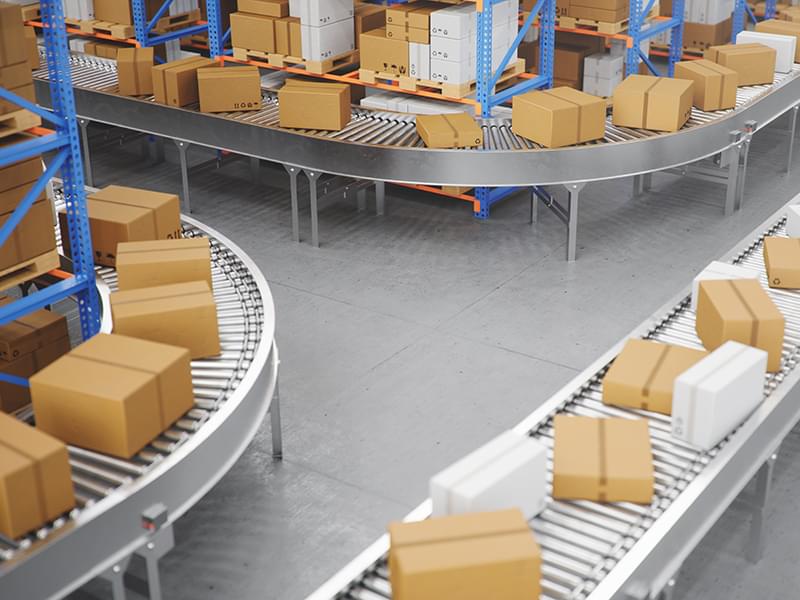Print production of labels and packaging is broad and diverse with a multitude of product designs, materials and functionalities that span across many millions of products. According to a new report from Smithers,
The Impact of Changing Run Lengths on Packaging and Labels to 2027, the trend of shorter run lengths for packaging and labels is being driven by consumer-packaged goods companies (CPGs) that are increasing product varieties at a high rate. This report presents the dynamics causing run length changes, then details the key trends which are driving brand responses.
In 2022, 78.7% of all printed packaging was produced in run lengths which exceeded 5km2. Most of this packaging was produced using analogue print technologies. This is set to reduce to 75.3% by 2027 which in percentage terms appears small, however this shift presents growing opportunities for new digital packaging technologies in the sub-5km2 run length jobs.
The choices for printed packaging run lengths are predominately driven by consumption rates and specific product requirements, the dominant one being product costs. Of course, the cost of any particular packaging or labelling for any product will depend on the functional requirements and value it provides. Generally, the higher the product value relative to the cost of its packaging, the more prone to shorter run lengths it will be.
The influence of print technologies
The run length decision drives the choice of print process and production technology used and invested in, and it is for this reason that run length trends are so very important to consider for suppliers in the industry and converter companies alike. These trends should underpin business decisions around product research and developments, product launch priorities along with marketing strategies and future company capability requirements. Also, for converters considering investment in new technologies, business development and staffing requirements, an understanding of the future run length trends will enable higher quality and overall better business decision making.
Analogue vs. digital processes
Analogue print and finishing processes are fundamentally different to those offered by digital packaging production technologies. With analogue processes, the variable direct production costs of ink and coatings are low, however the set-up costs can be high. As run lengths shorten the set-up costs can start to dominate total costs. For digital print and finishing processes the set-up costs are much lower, however ink, coatings and equipment overheads costs are higher, varying less with run length.
While analogue packaging production technologies have matured over many decades, similar digital technologies are relatively new in the industry, with digital printing only becoming mainstream within the label converting market in the past decade or so. More recently, digital inkjet has been combined with analogue production processes to form a ‘hybrid’ press for applications such as label converting. This configuration enables the benefits of dynamic digital printing to be applied within an analogue environment all in a single pass.
Sustainability and environmental impact
Consumers are demanding that companies reduce to zero the impact they are having on the environment. For the FMCG industry the impact of this increasing trend has been wide reaching and, in many cases, led to significant changes to their core activities, products and packaging. Many of these changes has not resulted in more overall unit sales, and so it has led to the growth of SKU change which far exceeds consumption growth, leading to shorter run length requirements for their packaging.
